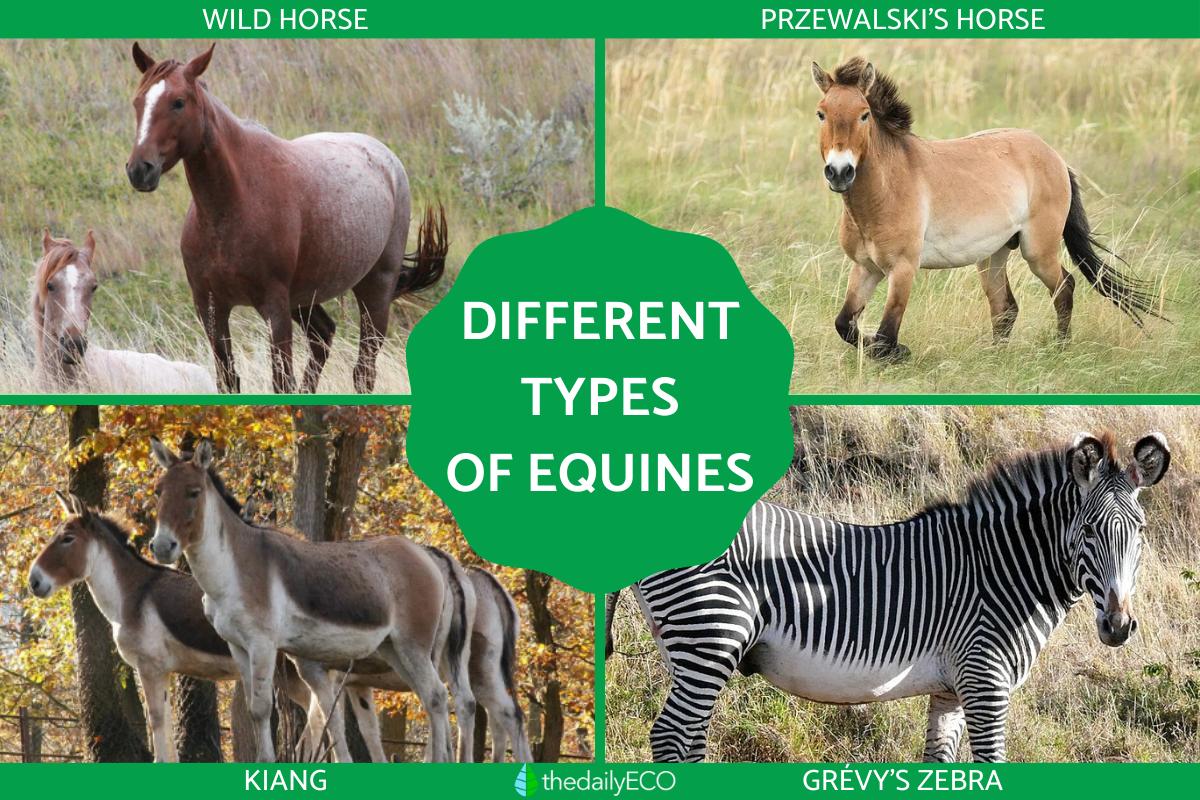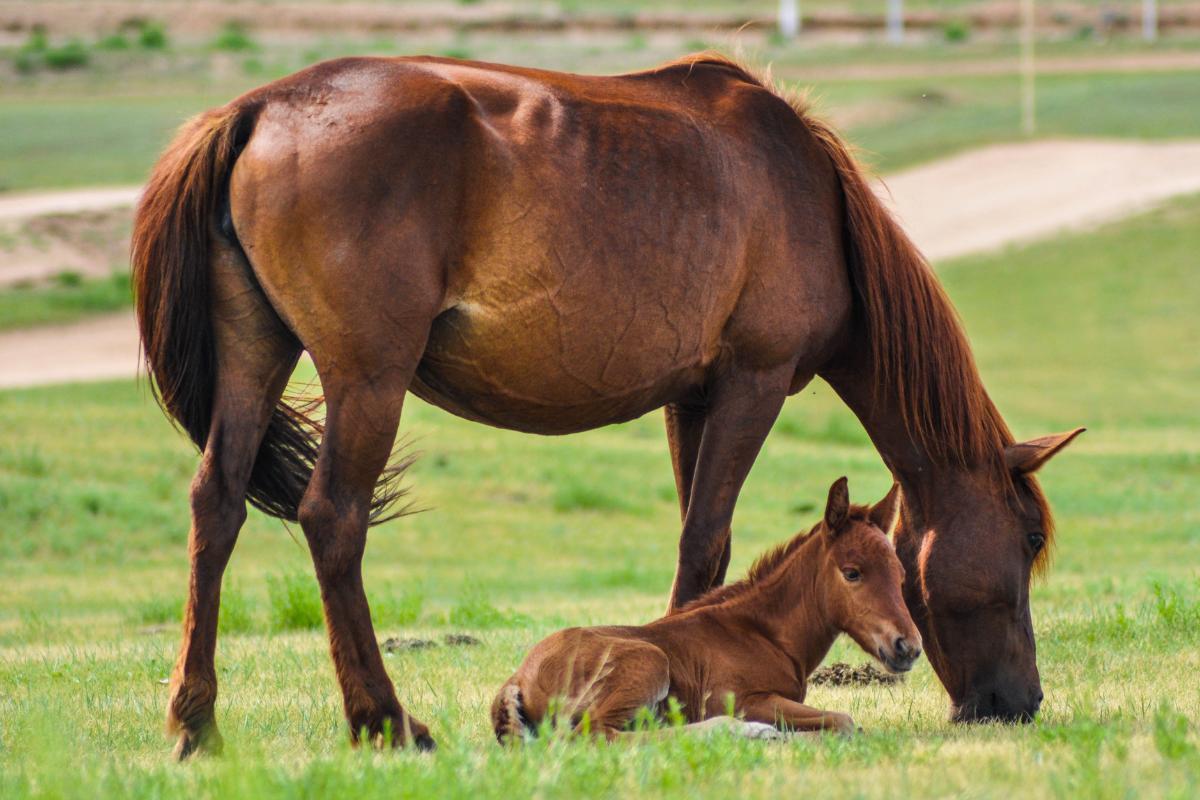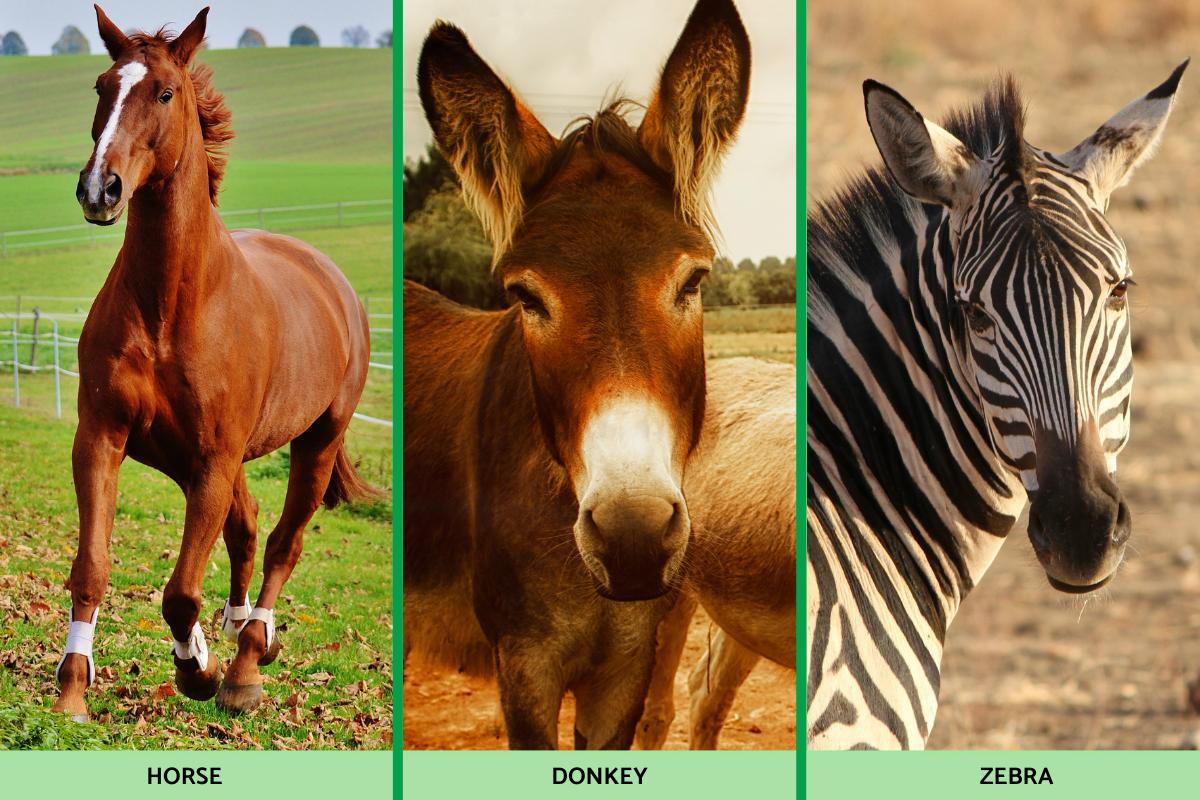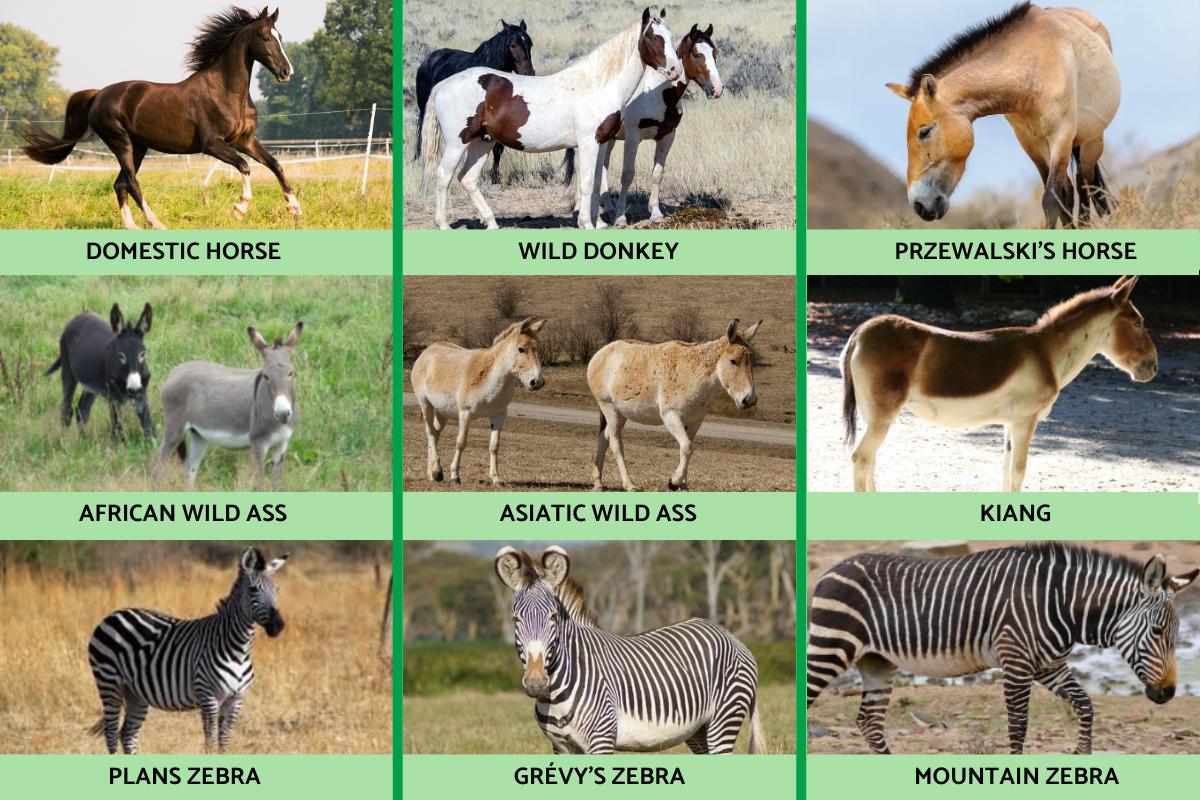What Are Equine Animals?


Also known as the horse family, equines are part of the taxonomic family Equidae. In the order Perissodactyla, they are four-legged mammals which are defined by robust bodies, placental birth, herbivorous diet and herd living. There are various types of equines, all with their own specific characteristics. Thanks to their domestication, the horse (Equus ferus caballus) has the greatest about of species diversity since they have many breeds. There are three main types of equines, the horse, ass and zebra. We discover more at thedailyECO as we ask what are equine animals?
What are equine animals?
Equines are animals of the family Equidae, commonly known as the horse family. They are placental animals of the order Perissodactyla. Although there are significant differences between the types of equines, they are all part of the same genus known as Equus. There have been numerous other genera over the course of evolutionary history, but all others are now extinct.
Equids are very ancient animals that emerged in the Pliocene epoch. This animal group experienced an important diversification of species over time, many of which have become extinct. We know of them only from fossil records, so our understanding of their behavior and other characteristics is limited.
The current distribution of equines ranges throughout the continents of America, Asia, Africa and Europe. Some species of this family have been extensively domesticated by humans. They have been used for many purposes such as transportation, cargo, sports activities and even in war. Today, wild equid species are mainly limited to southern Africa, few parts of America and certain Asian regions. Domesticated equine species are present throughout the world.

What are the characteristics of equine animals?
Equids or equines have a series of distinctive features typical of the family Equidae. Looking at their physical characteristics, equids are characterized by having a thick skull and robust bodies. Below are the most notable characteristics of equids:
Morphology
They have abundant fur, although its length can vary. Wild equid species are large animals, with average weights ranging between 440 lb (200 kg) to well over a 1100 lb (500 kg). Despite this, domestic forms show greater variability in size, with weights ranging from less than 308 lb (140 kg) to more than 1 tonne (1000 kg).
Reproduction
The females of these species come into heat several times a year or until they become pregnant. Most species give birth to a single offspring every two years, after a gestation period of between 11 to 13 months. The potential life expectancy of equids is between 25 and 35 years, although this can vary with wild and domestic equines.
Feeding
Equines are exclusively herbivores, feeding mainly on grasses and carrying out grazing behaviors. Most drink water daily, although they can go for long periods without doing so.
Ethology
Equines are polygamous animals that live in herds or large family groups. They occupy habitats which consist of large open territories such as grasslands, semi-arid areas, deserts and mountains. Their communication is based on changes in the position of the ears, mouth and tail, as well as vocalizations such as neighing in horses and zebras, and braying in donkeys.
Learn about kinds of a very different mammal with our article on the different types of moles.
Types of equine animals
Horses
The domestic horse is a mammal of the Equidae family that has been domesticated and used by humans for many purposes. It is hard to overstate how important horses were to the development of modern civilizations. They were used as pack animals for transport, agricultural and everything in between. The female horse is known as a mare and the male a stallion, while male offspring are colts and females are fillies.
In their natural state, horses are prey to various predators. This has provided them with strong flight and defense instincts. Their first reaction to a threat is to get flee, but they are also capable of defending themselves when they cannot escape or when their young are threatened. They are usually curious and may first investigate something before fleeing. Many saddle horse breeds have been developed by selecting for qualities such as speed, agility, endurance and alertness, all inherited from their wild ancestors.
Asses
Asinus is a subgenus of Equus which contains animals known as asses in the wild, but which are more commonly known as donkeys when domesticated. This domestication first took place in Africa around 5 to 6 millennia ago, a long time before Eurasian horses. Since this time, donkeys have been used by humans as pack and riding animals.
Domestic donkeys have a great variability in size. Donkeys typically stand between 35 to 51" (90 to 130 cm) at the withers and weigh between 400 to 570 lb (180 to 260 kg). There are larger breeds, such as the Andalusian-Cordoban, the Zamorano-Leonesa (which can exceed 63" or 160 cm) and the mammoth donkey (with individuals that have reached 67" or 173 cm). In addition, the color and length of their fur is also very variable.
Zebras
Zebras are wild equids native to Africa, whose most notable feature is their distinctive striped coat. Contrary to previous belief, zebras are black have white stripes, rather than the other way around. This is because their fur color is genetically black and the white stripes form in areas where pigment is not produced.
The plains zebra is medium in size, with a wide body and relatively short legs. Adults of both sexes reach a height of 59" (150 cm) and a length of approximately 98" (250 cm), weighing about 849 lb (385 kg). Like other species of zebra, its body is covered in black and white stripes. No individual zebra has an identical stripe pattern to another.
Learn more with our related article on what color are zebras?

Examples of equine animals
Horse
- Domestic horse (Equus ferus caballus)
- Wild horse (Equus ferus ferus)
- Przewalski's horse (Equus ferus przewalskii)
Donkey
- African wild ass (Equus africanus)
- Asiatic wild ass (Equus hemionus)
- Kiang (Equus kiang)
Zebra
- Plains zebra (Equus quagga)
- Grévy's zebra or imperial zebra (Equus grevyi)
- Mountain zebra (Equus zebra)
Often described as a horse with a long neck, giraffes are not closely related to these different types of equines. You can learn more about these fascinating creatures with our article on how do giraffes sleep?

If you want to read similar articles to What Are Equine Animals?, we recommend you visit our Biology category.
- Ballenger, L.; P. Myers (2001). Equidae. Animal Diversity Web. https://animaldiversity.org/accounts/Equidae/
- IUCN (2022). The IUCN Red List of Threatened Species. Version 2022-1.
https://www.iucnredlist.org








